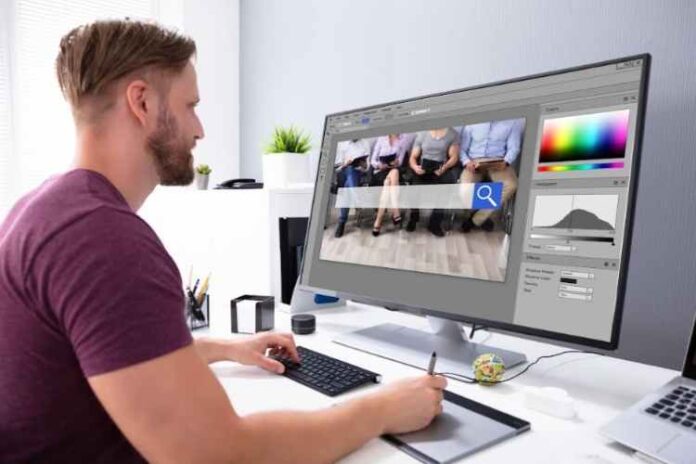While there’s no shortage of great photo editing software on the market, you’d be hard-pressed to find a solution better than Adobe Photoshop. Decades after its initial release, Photoshop remains the most comprehensive, accessible, and highly-rated tool, according to outlets like PC Magazine.
If you’re just learning to use Adobe’s powerhouse, there are a few tips you’ll want to keep in mind.
Take a few minutes to check out the three Photoshop image editing tips below to learn how you can get started!
1. Organize Your Workflow
Even just opening Photoshop can feel intimidating if you’re a newcomer. It’s all too easy to get overwhelmed, which can impact your Photoshop editing.
One simple way to make life easier for yourself and keep track of what elements matter most is to organize your workflow. There are a few easy ways to accomplish this:
Start by changing your save settings. Save all photos to an easy-to-access folder, and double-check that you’re saving all projects as a PSD file.
Next, name each individual layer. Be as specific as possible, so you don’t have to hunt for the element you’re looking for.
As for the rest? Get rid of whatever you don’t need. You can revert these changes at the start of each new project, so don’t worry.
2. Learn Photoshop Keyboard Shortcuts
As complicated as Photoshop image editing can be, learning how to cut straight to certain tools in just a few keystrokes can make a world of difference.
Let’s say you’re working on creating a clipping path, so you can take an element and transfer it to a different layer. You’re going to have to go through a few menus anyway. But by hitting ‘Ctrl’ (or ‘CMD’ on Mac) + ‘p’ to select the pen tool, followed by ‘A’ to choose your path selection tool, you’ll save yourself a ton of time.
If push comes to shove, print out a list of keyboard shortcuts or bookmark a referral guide. It may take some time to learn the most prominent shortcuts, but once you’ve memorized them, you’ll fly around Photoshop like a pro and drastically reduce your project time.
3. Don’t Rely on Automated Tools
Don’t misunderstand, tools like auto color can be handy if you need to adjust an entire photo, but it’s not something you’ll want to rely on, as it’s not always the most accurate. Instead, you’ll need to break the habit and learn to fine tune your photos yourself.
It might sound like making needless work for yourself, but auto color and the like have a tendency to overcorrect. Plus, they can’t account for your vision.
So while auto color is fine for lightening some elements or sprucing up a quick selfie for social media, it isn’t reliable for much else. When push comes to shove, you’ll have to work with the available tools to perfect the image yourself. The sooner you stop relying on Photoshop’s automated tools, the sooner you’ll improve.
Your Guide to Photoshop Image Editing Like a Pro
Ultimately, the best way to learn Photoshop is by doing. So get in there, organize your layers, and start working on those shortcuts.
Your first few projects may take some time, but remember that everyone has to start somewhere, so be patient and keep trying.
For more tips on Photoshop image editing, or software advice in general, check out the rest of our tech content!


